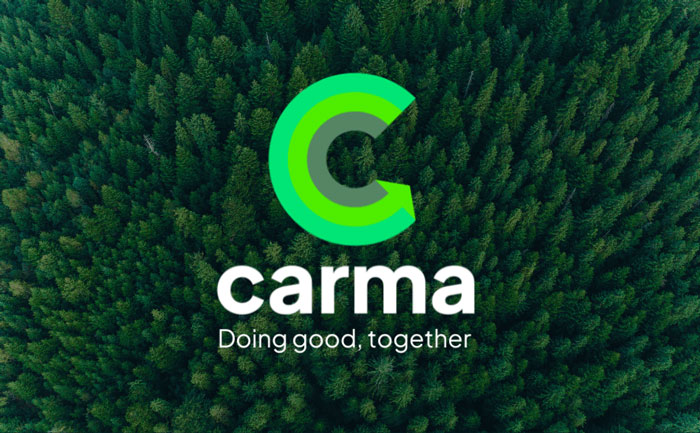Help
Below you will find a selection of Frequently Asked Questions to help with any queries you may have.
Can’t find your question here?
Please contact us, a member of our team will be happy to help.
No, as we have a Label STEP fair trade license we need to be sure that every rug and kilim we sell is sourced correctly and we have no way of knowing where a second hand rug may have been acquired.
Yes we send rugs worldwide, however additional postage costs will apply. Please also be aware that if you require an international delivery then there may be additional import taxes and duties to be paid. The customer is responsible for any additional import costs and if you are unsure, we advise you contact the relevant countries customs office for further details.
The Northern Provinces of Afghanistan. Our rugs are sent from our supplier in Mazar-e-Sharif and he buys them locally and from the weavers markets mainly in Andkhoy, Aqcha, Shebergan, Maymana and Kunduz. Most of these places are within a few hours’ drive of Mazar-e-Sharif and act as centres for trade for surrounding villages and towns looking to sell their weavings.
Our hand-knotted rugs and kilims, if taken care of, will last several generations and are very hard-wearing. In Afghanistan its common to see the roads near the rug shops littered with rugs and the cars and trucks driving over them, and the rugs occasionally moved and repositioned every few hours. This helps the wool fibres of the newly made rugs open up and gives the rug a brighter sheen. After a day or so the rugs are sent for cleaning and the traffic has had the same effect as a year or so of regular foot traffic. They will outlive you and your children as long as they are kept clean and away from moths.
Kilims are less expensive than our rugs, as a general rule they are roughly £150 per sq metre. Kilims are lighter embroideries/tapestries and there is less work involved in their production. Some more plain and basic designs and some rougher wools will result in a £125 per sq metre, whereas the more intricate designs that take longer naturally cost more, some of ours are a much as £250 (maliki kilim) and £300 (mashwani kilim) per sq metre so can sometimes be as expensive as the rugs.
Yes, but not often. We only have a few older rugs and kilims, some 100+ years old. Over 95% of our rugs are new, often freshly cut and all cleaned thoroughly before being sent to us. We can get older rugs in any size if you require them and don’t mind waiting for them to be found and sent from Afghanistan.
The biggest rug we have been supplied to date is a 6.5m x 4.5m rug. Rugs around the 6x4m size are generally only ever purchased by provincial governors as they require a large property to accommodate them. Rugs of this size – depending on quality are around £10,000+
Yes, to a degree. Please see our Cleaning and Repair page for further tips for basic care.
Like most products they vary in price depending on quality. However, as a very general guide a lot of our rugs are roughly £300 per sq m. We have some at cheaper prices, often the more plain rugs with larger knots and less dyes, such as Gabeh’s, which roughly £200 per sq m. We also have rugs at higher prices such as £450 per sq m due to the quality of the fine spun wool, intricacy of the designs, knots and dyes.
A rug is knotted weave, with a pile, where the wool fibres stand upright. A kilim is a flatweave/slitweave or tapestry/embroidery depending on the method used to make it and the pile therefore lays flat.
Nomadic tribes in Afghanistan generally use kilims as they spend half the year in the mountains and half the year ini the plains, so a kilim is easier to carry. A knotted rug is much heavier and used mainly by permanent dwellers.


